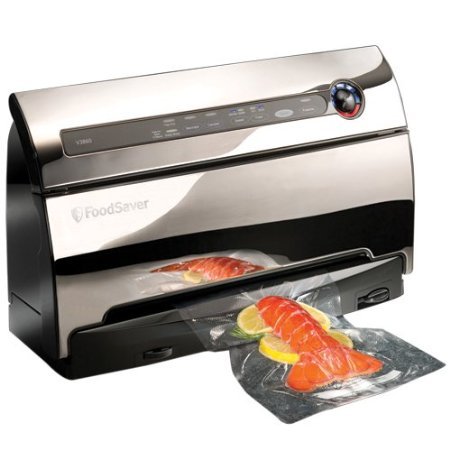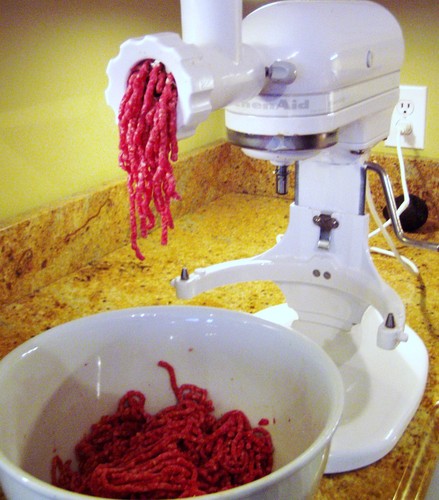Best Kitchen Equipment for Home Meat Processing and Preserving
Most people think of jellies, jams and pickles when they consider preserving at home, but it is not any more complicated to process and preserve your own meats. The main difference is the need for appliances that can handle heavy grinding and tasks like stuffing sausage casings that are far too difficult and time consuming for modern urban homesteaders to manage by hand.
The first thing you will need is a safe supply of fresh meats. If you are raising animals for slaughter, take an extensive training course in proper butchering techniques. This is for safety as well as for efficient use of the meats, because improper butchering can lead to contamination.
Invest in a good set of meat knives. Which brand is best is largely a matter of personal preference, but any knife you use should have a blade that is securely attached to the handle and which can be sharpened when needed. The smaller the animal, the smaller and thinner the knife should be.
A good meat grinder is necessary if you are going to grind your own ground beef and especially if you intend to make homemade sausages. Look for a grinder that has a workhorse of a motor, because that is the most crucial part. If you are new to processing and preserving meats at home, consider investing in a good standing mixer, because they generally have meat-grinding attachments available. Another feature to look for is a reversible feeder to take care of tougher meats like game animals.
Many meat grinders come with a funnel for stuffing sausage casings, but these are not efficient enough to stuff casings without letting the meat become too warm. Look for a piston-driven stuffing attachment to power the ground meat into the casing fast enough to ensure that it retains a safely chilled temperature.A hamburger press is a good idea if you`re making a large quantity of burgers, because it produces burgers that are all the same size and weight. This is important because when you make burgers by hand, they can be of such different weights and thickness that they won`t cook at the same rate. That means a few overcooked burgers in every batch along with a few that may be dangerously under-cooked.
If you are roasting and smoking your own meats, making cold cuts is an excellent and versatile way to use them. A meat slicer with a rotating blade and adjustable feed system allows you to slice meats, cheeses and vegetables to uniform thickness. This is not only important in processing meats, as it can help with canning vegetables, making pickle slices and (best of all) home made potato, sweet potato, turnip and beet chips.
 Once your meat has been processed, one of the safest and most convenient ways to preserve it is with a vacuum sealer. Place single servings of meat, sausage or poultry into small plastic bags and use the vacuum sealer to suction out all of the air. This protects the meat while allowing you to see what it is. Label the plastic bags with the date to ensure that all of your meats are enjoyed while they are still fresh.
Once your meat has been processed, one of the safest and most convenient ways to preserve it is with a vacuum sealer. Place single servings of meat, sausage or poultry into small plastic bags and use the vacuum sealer to suction out all of the air. This protects the meat while allowing you to see what it is. Label the plastic bags with the date to ensure that all of your meats are enjoyed while they are still fresh.
If you intend to process and preserve the majority of the meat your family will consume, it might be wise to check out an array of both personal and commercial-grade equipment. The urban homesteading enthusiasts at The Backyard Chicken Farmer recommend consulting with the friendly experts at CS Catering Equipment to get an idea of where to start in stocking your kitchen to home process meats safely, efficiently and deliciously


Aleisha says:
This is awesome!